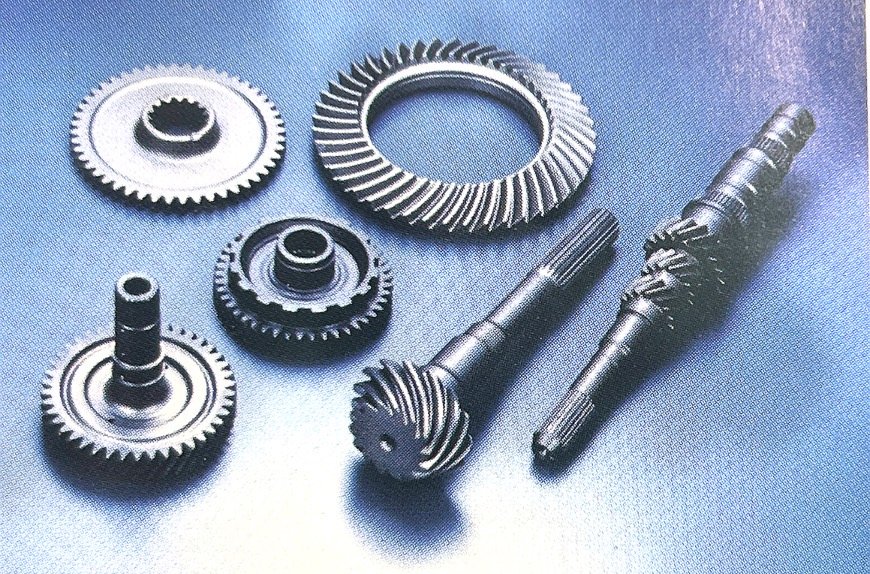Surface blasting
Last updated: 23 Apr 2025 | 4861 Views |

Surface blasting
Blasting processing is the one of method to make the effect to surface of work piece. And the purpose are deburring, surface design, add the function and etc. By Air blasting, wet blasting and shot blasting (Impellor).
Blasting features
The special feature of blasting process is deburring, cleaning, strength improvement, polishing and prepare surface for coating, painting or painting removal.
Blasting is the wide useful with complex surface shape of the work piece. And in the condition of materials / shapes / sizes / air pressure / impellor power adjusting also make more blasting’s feature.
3 ideas of blasting processing (Cutting / Removing /Strength improving)
3 Ideas of blasting processing
1. Cutting (Cutting the work from each other)
2. Removing (Remove the dirt, scratch, scrape, coating)
3. Strength improving (Change the surface property)
Let’s go to the see more details of them below.
.
.
Cutting
“Cutting” processing is depending on the burr or if you need more affection of grinding roughness, you should be choosing the big size. In the condition of short time processing is good to use the hard media. Let’s see some example case below
・The general treatment is grinding and make the surface like satin.・Polishing and mirror finishing to be glossy.
・Anti-reflection at the grinding area.
・Remove stain from metal work piece.
・Prepare surface for coating or painting to improve adhesion.
・Anti-slip Example door handle part.
・Improve slid-ability. Example, mold, dies.
・Cutting the work piece from each other. Example, O-ring.
・Grooving, drilling treatment.
・Etching to draw pictures or letter on surface.
・Chamfer the corner.
Removing
Removing somethings from surface (dirt, something uncleanness, greasing oil, oxide film, burr) Since it is necessary to remove the product without damaging it, relatively soft abrasives such as copper and nylon are often used. It has various uses such as
- "Cleaning" and "deposit removal" to remove dust, dirt, oil, etc.
- "Paint stripping" to remove the paint
- "Oxide film/scale removal" and "black scale removal" to remove the blackened oxide film on the metal surface
- "Drying" to remove moisture
- "Sand Otoshi" to remove the sand from the sand mold
- Remove mold release agent
- Cleaning the delicate inside of the mold is "mold cleaning"
- Deburring" to remove unnecessary burrs remaining on corners and edges
- Seki-folding", where unnecessary runners and dams generated in casting and injection molding are knocked down
Modify Surface
This is a process that changes only the properties of the surface by the collision energy of the abrasive without scraping the surface. A spherical abrasive is often used so as not to scrape the surface.
・"Peening" to forge the surface and increase durability (residual stress application, work hardening)
・"Forming" aiming at forming a deformed curved surface by applying residual stress
Related content
SHOTBLASTING VS AIR BLASTING
29 Jul 2022
What is deburring/chamfering?
15 Nov 2022
Blasting machine type
2 Aug 2022
Surface treatment
23 Jan 2023



